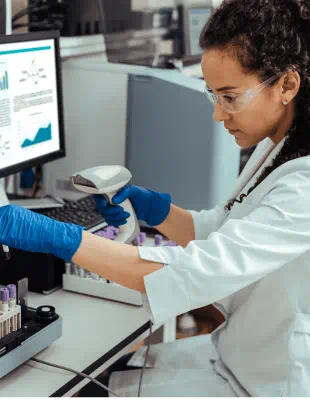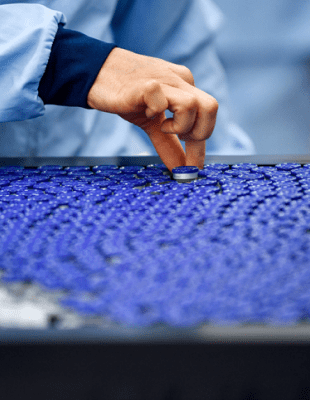Is your building viable for novel therapy manufacturing?
Novel therapies are transforming the treatment of diseases such as cancer, neurological disorders, and various genetically inherited conditions. The production of cell and gene therapies, mRNA vaccines, and anti-sense oligonucleotides are critical for patients in need – emphasizing why speed to market is critical for novel therapy manufacturing.
With that in mind, many companies look to repurpose existing facilities as a cost-effective, highly flexible solution suitable for the manufacture of clinical and commercial materials. At Arcadis, we are often asked to weigh in on the viability of converting an existing manufacturing facility to a novel therapy facility.
Is your building a good candidate?
Considering the above will help inform if an existing building is an excellent candidate to repurpose.





